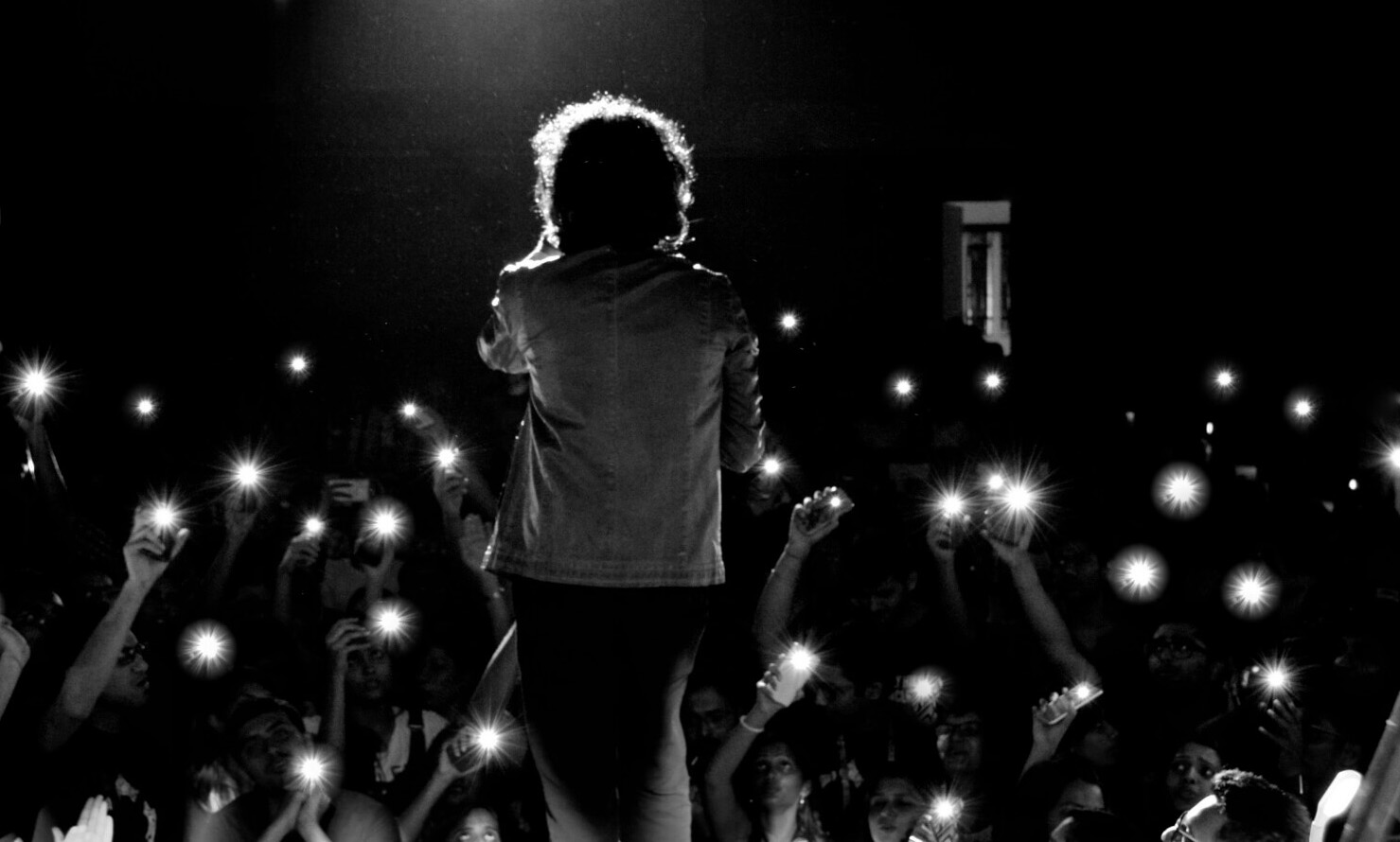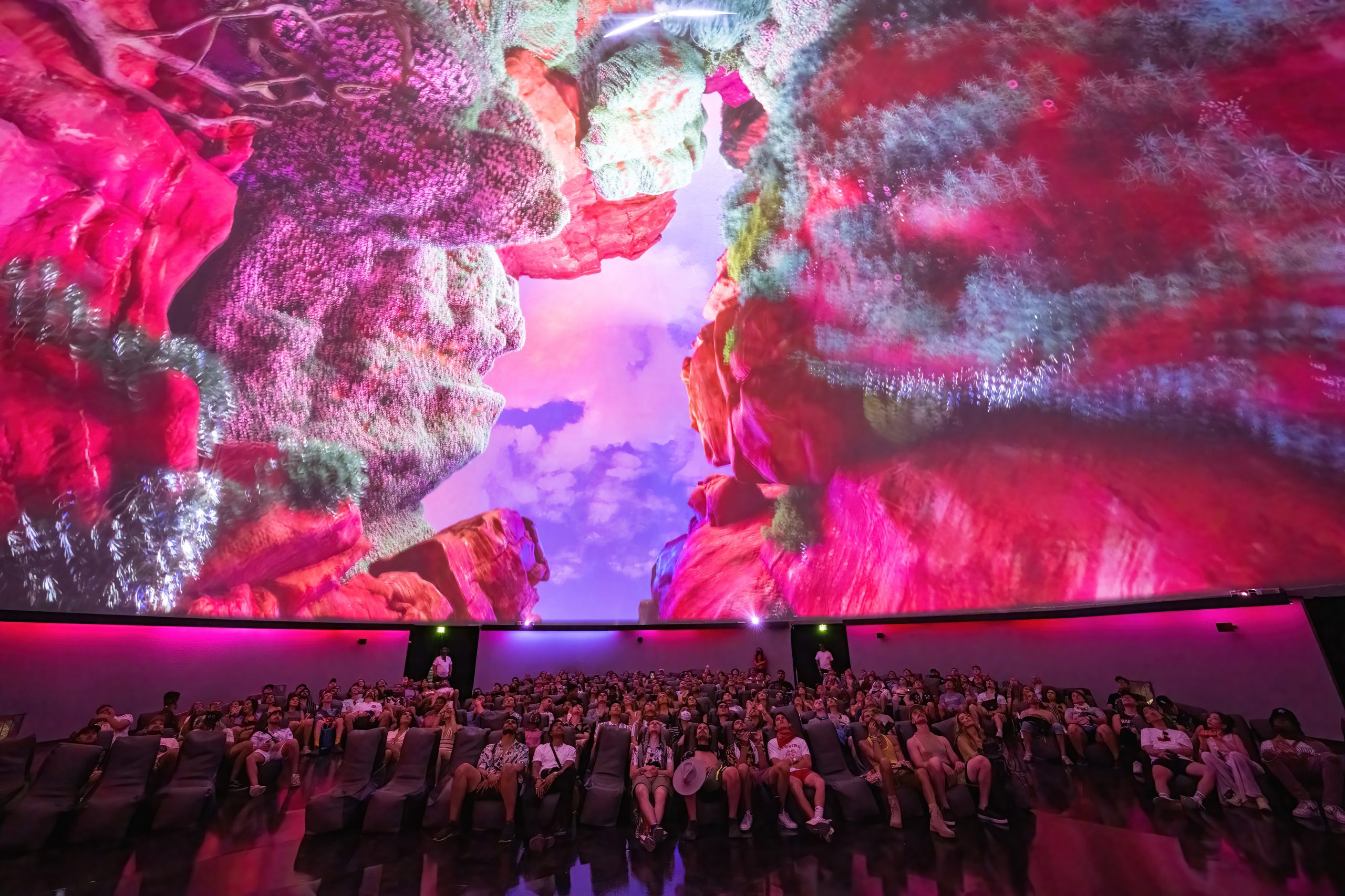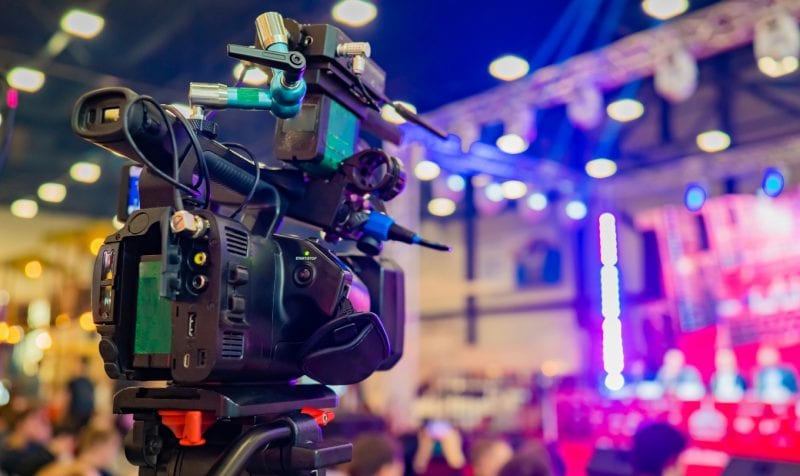
New technology can come from anywhere, so it’s important to play. For instance, I’m a surfer but because I live in Shanghai I can’t get to the beach as often as I like. To get my fix, I like to watch it on TV. In the last couple of years, they’ve started using aerial drones that fly over the surfers and give the audience a view that’s never been seen before. This is now being used in a number of sports and although the use is original, the technology is not. When I first saw it, I realised that it could potentially be used for events.
Drones can be used to carry anything – lights, cameras or mirrors for example – and can add a truly special effect. We recently used them to fly cameras over a project to get some truly unique perspectives. Using technology and tools that have already been proven in another context is common.
Holograms, for instance, have recently been embraced by the entertainment industry. Animated musicians can be seen playing alongside real life singers and performers are being brought from the dead for duets with current stars. The effect is actually called Peppers Ghost and it has been around in some forms since the 16th century. It’s only relatively recently, though, that it has been possible to make a large enough stretched film onto which the image can be projected to make the effect work convincingly on a large scale.
For business events, this technology can be especially useful if someone is presenting a small object, like a phone. We can make the components much larger and project them up beside the presenter, allowing them to take the audience on a journey into the product.
We have also been able to make meetings happen over very large distances. In one case, John Chambers CEO of Cisco System was projected as a hologram to a convention in Australia from San Francisco. The local presenter was able to interact with him as though he was there. Although many of these technologies come from the entertainment industry, we also see things coming from other sectors. Take radio frequency identification (RFID) for example. Originally developed as a way to transmit coded radio messages by the Soviets during WWII, It is now used widely in industry and retail and we now use it at events to tag people’s locations.
Instead of using barcode technology, we can embed an RFID into a wristband and people can check in where they find things interesting. It means that content can be tailored to the delegate’s interests after the event and they can be contacted about the things they registered as liking, or even just about each booth they visited.
We are combining this with social media to allow people to share their experiences with their friends and communities. This means that events attended by a few people are now able to be amplified to many thousands more.
Once you’ve seen something you think will work for a project, there are four key points to consider. The first thing to do is always to question how and why this would be useful or of interest to the audience. In a lot of cases, special effects and technology can be at odds with the message you’re trying to deliver. Every element in an event has to bring it to life. It’s pointless introducing a high tech element just because it looks cool if there is no reason for it being there in the first place.
If you feel something merits inclusion, then you have to consider the risk versus the reward. If this is something you’re using for the first time and the likelihood of failure is high, then the payoff has to be really high.
If a risky move isn’t going to make a big impact it’s probably best just to leave it alone. With the risk assessed, the next thing to consider is timescales and whether your budget allows for development. For the implementation of any new technology, it’s important to have as much time to prepare and test as possible.
Finally, you have to have the trust of your client. This is either their trust in you as an individual or your organisation. Obviously, real trust comes from working with someone over time but that doesn’t mean that when working with someone new you shouldn’t throw out a new idea. The start of a relationship can sometimes be the best time to try something innovative and, as long as the client believes you have the people in your team that will deliver, it can be a very positive experience to start from.
When it comes time to convince your client to use something new, that’s where a good relationship is necessary. Even if you have a high level of trust in each other, it’s still important to present an idea with confidence.
Have all you’re ideas clear before pitching something new and you’ll be much more likely
to succeed.


